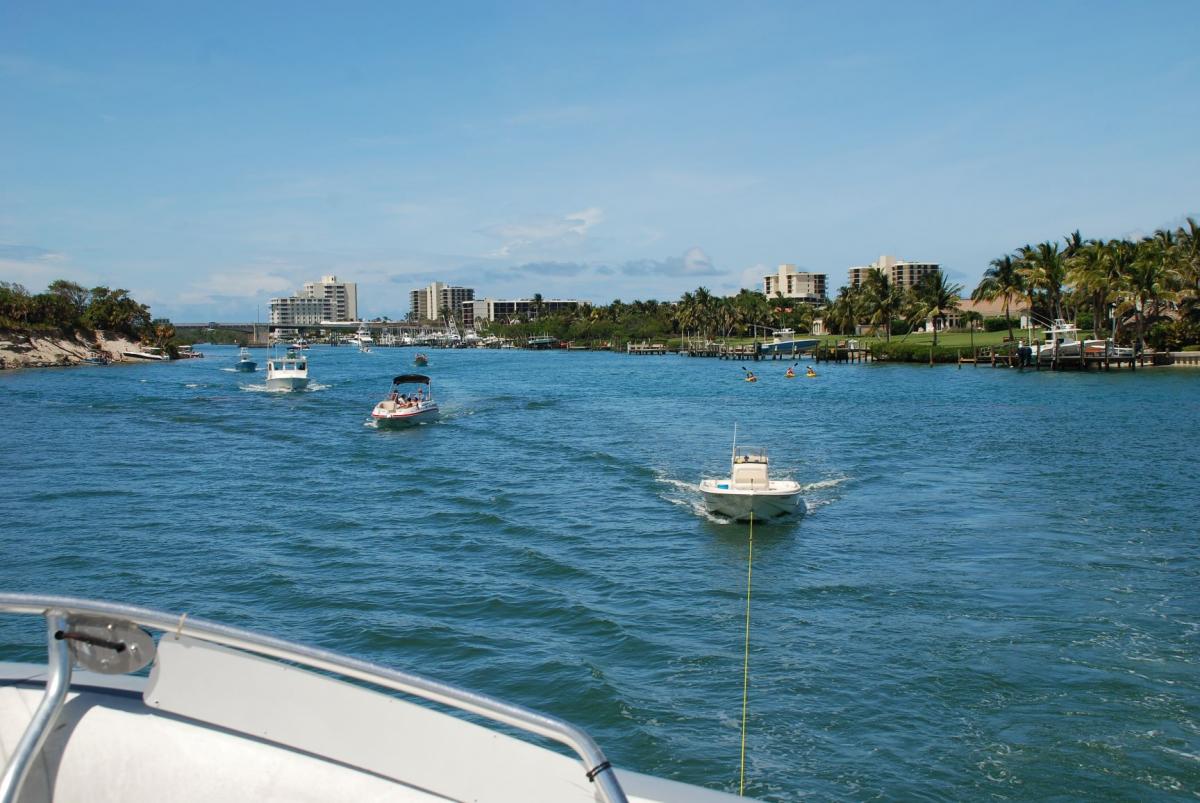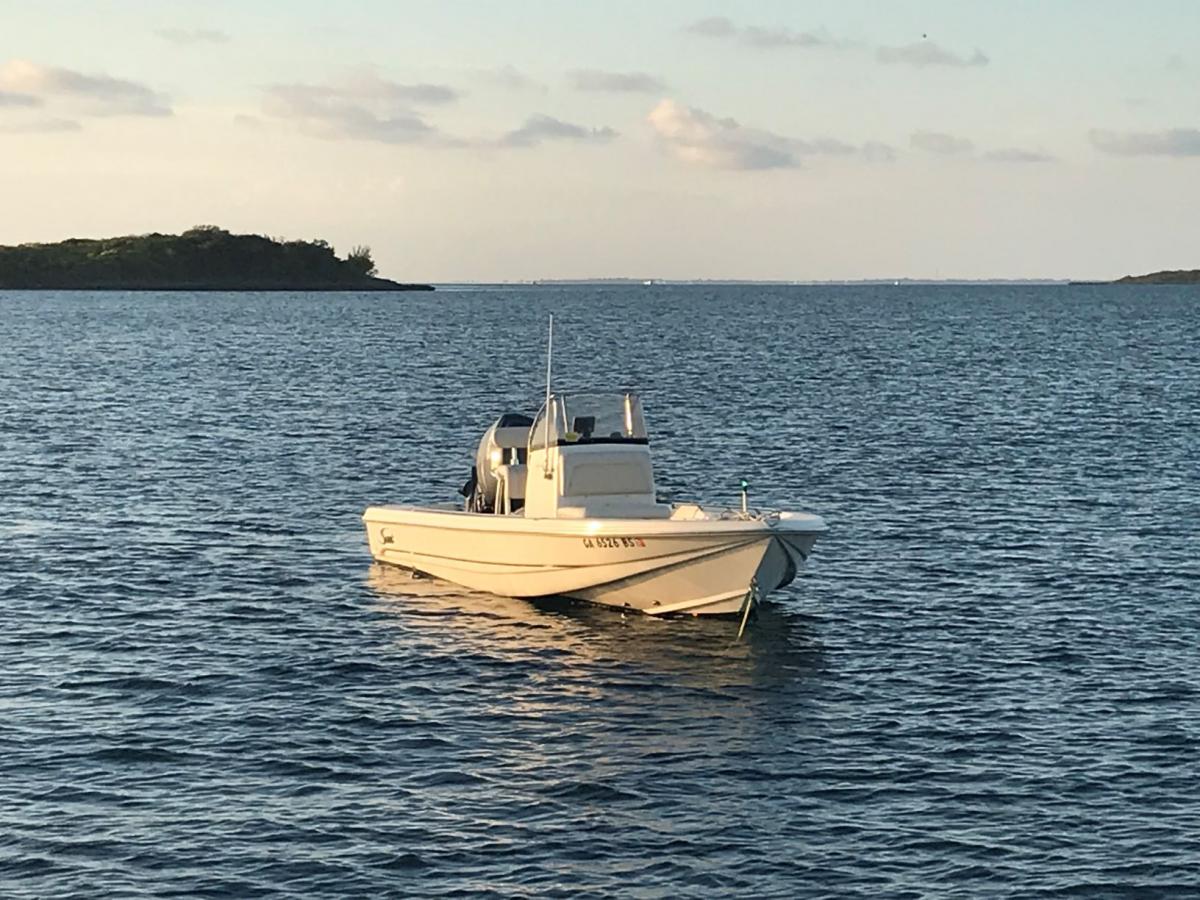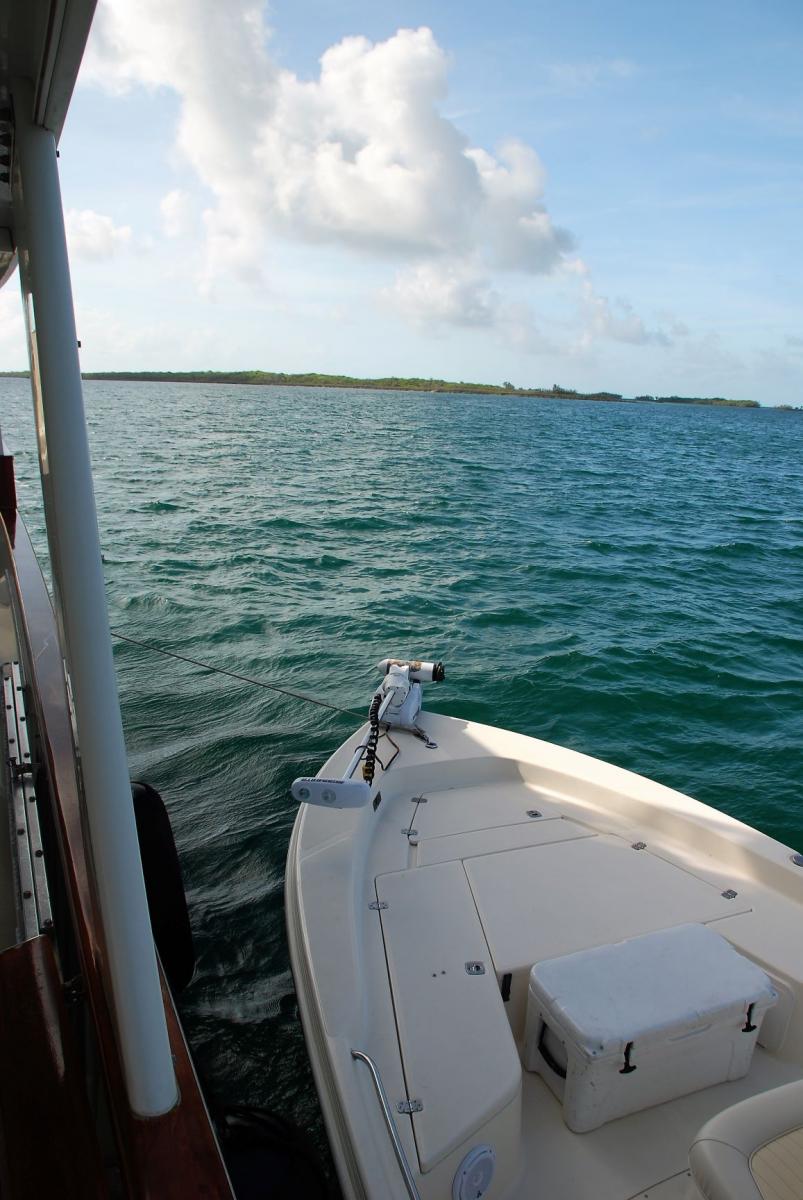I'm gonna buy a 40-45ft trawler to live on anchor in sofl/keys single-handed. It's mandatory that I have a fishing skiff. I think my 14ft cc twin vee cat with a 50hp is about as small as I can go, so might as well keep that.
It seems I'd have to go well over 50ft to even consider being able to put that on deck. So it's gonna need to be towed everywhere. I can avoid weekends inshore, and wait for flat days offshore. I know the standard protocol offshore is to pull it far back. My concern is inshore, particularly around bridges & icw boat traffic. I imagine I'm gonna need to pull it close behind, but then as a single-hander how do I manage it if I need to slow or stop for a bridge/etc?
The internet offers almost zero guidance. I found a couple brief mentions of using a mooring whip. Anybody have experience with that? OR a different/better system?
It seems I'd have to go well over 50ft to even consider being able to put that on deck. So it's gonna need to be towed everywhere. I can avoid weekends inshore, and wait for flat days offshore. I know the standard protocol offshore is to pull it far back. My concern is inshore, particularly around bridges & icw boat traffic. I imagine I'm gonna need to pull it close behind, but then as a single-hander how do I manage it if I need to slow or stop for a bridge/etc?
The internet offers almost zero guidance. I found a couple brief mentions of using a mooring whip. Anybody have experience with that? OR a different/better system?





